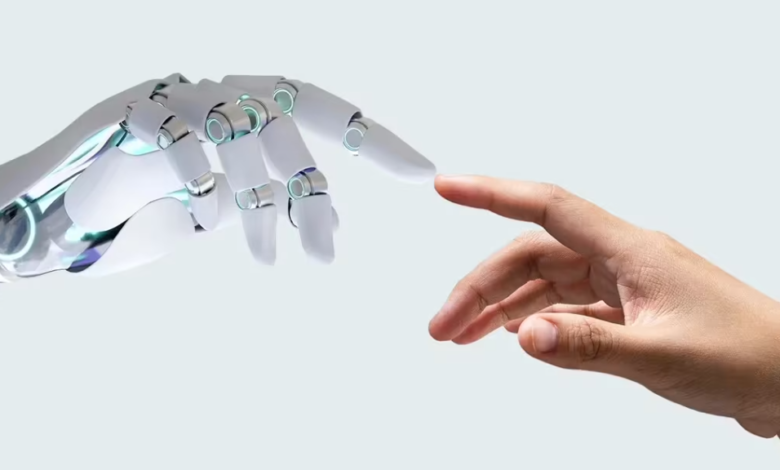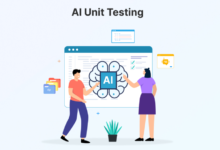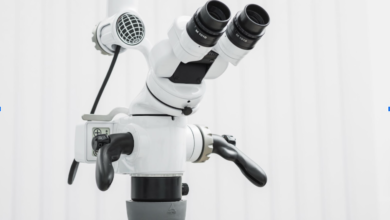Generative AI in Testing: How Gen AI and ChatGPT Are Redefining Quality Assurance

Software testing has entered a new phase where Generative AI in software testing is becoming an active part of quality assurance. Generative AI and ChatGPT help teams accelerate testing by automating repetitive tasks and making the process more adaptive and intelligent. Instead of writing everything manually, testers can now rely on AI to create dynamic test scenarios that evolve with product changes. With ChatGPT for QA, teams can simplify complex tasks, reduce manual effort, and focus on improving overall software quality.
What Is Generative AI?
Generative AI uses advanced models to automatically create test cases, scripts, and scenarios based on requirements or prompts.
Generative AI in software testing represents a major shift from traditional methods. While conventional tools execute predefined scripts, generative testing adapts to evolving applications and learns from previous results to enhance future coverage.
The key difference lies in intelligence. Legacy automation depends on static commands, while Generative AI understands context, interprets user stories, and builds test cases that mirror real user behavior. This AI-driven approach shifts testing from reactive to proactive quality assurance.
See also: Choosing the Right Lens Technology for Your Lifestyle and Eye Health
What Is ChatGPT?
ChatGPT is an advanced language model developed by OpenAI. Through natural language processing, it automates communication-driven tasks such as creating documentation, generating scripts, or assisting with quality checks.
OpenAI provides multiple interfaces like Playground, ChatGPT, and API to make its AI models accessible across different use cases. The Playground interface offers a visual setup to experiment with prompts, while ChatGPT delivers conversational responses that retain context and accuracy.
Benefits of Generative AI in Testing
Using Generative AI in software testing brings several advantages:
- Automated Test Case Generation: AI can automatically produce varied test cases by analyzing code patterns, user flows, and historical defects, reducing manual work while expanding coverage.
- Improved Test Coverage: AI-generated tests uncover edge cases and ensure broader validation, increasing reliability before deployment.
- Faster Testing Cycles: Automated creation and execution of test scenarios shorten cycles and enable quicker releases.
- Better Defect Detection: AI can detect hidden defects through anomaly patterns, ensuring critical bugs aren’t missed.
- Cost Reduction: Automating repetitive work helps cut manual testing costs while improving software quality.
How ChatGPT Fits Into QA?
Here are some practical uses of ChatGPT for QA in automation testing:
- Test Case Development: ChatGPT generates test cases from user stories or parameters, such as login workflows or failed authentication scenarios.
- Test Data Generation: It can create realistic test data for various test conditions — for instance, payment methods, discounts, or transaction types.
- Exploratory Testing: As an AI agent tester, ChatGPT can simulate user interactions and assist in exploratory testing to uncover behavior-based issues
- Bug Prediction: It can highlight high-risk areas by identifying patterns in code or test data.
- Team Communication: ChatGPT bridges the gap between technical and non-technical members by converting natural language requirements into structured test scripts.
When combined with cloud testing platforms like LambdaTest, ChatGPT’s potential expands even further. LambdaTest KaneAI is a GenAI-native testing agent designed for high-speed quality engineering teams. It enables testers to plan, author, and evolve tests using plain English, integrating seamlessly with LambdaTest’s suite for test planning, execution, orchestration, and analysis.
How to Use GenAI and ChatGPT for Software Testing?
You can use GenAI and ChatGPT for software testing to generate test cases, automate scripts, and create realistic test data. These tools help QA teams speed up testing cycles, reduce manual effort, and enhance overall test coverage.
- Build Smarter Testing Frameworks: In DevOps-driven environments, Generative AI in software testing fits naturally within CI/CD pipelines. ChatGPT can generate structured test cases from user stories, while Generative AI can provide adaptive test data that keeps pace with frequent product updates.
- Automate Script Creation: ChatGPT can convert natural language into Selenium or Playwright test scripts, saving hours of repetitive effort. Testers can then focus on validation and quality analysis instead of writing redundant code.
- Produce Smarter Test Data: GenAI can generate synthetic but realistic datasets that reflect real-world conditions. It also introduces edge cases to ensure systems handle unusual or invalid inputs properly.
- Validate APIs Efficiently: Generative AI can create payloads, expected responses, and validation rules for APIs, helping detect issues in structure, latency, or data accuracy.
- Optimize Regression Testing: AI can prioritize regression test cases based on recent code changes, minimizing redundancy and focusing on areas most affected by updates.
- Classify and Prioritize Defects: By reviewing logs and reports, AI can group similar defects, identify recurring faults, and rank issues by severity, allowing testers to address high-priority bugs first.
- Prioritize Security: Generative AI can detect vulnerabilities like SQL injection or weak authentication patterns and suggest mitigation steps, reinforcing security testing.
- Generate QA Reports: AI can convert raw data into structured insights, summarizing pass/fail trends, coverage metrics, and test performance to help QA teams make data-driven decisions.
Challenges of Generative AI in Testing
Generative AI in testing comes with challenges like data quality, model accuracy, and integration with existing QA workflows. Human oversight remains essential to validate AI-generated results and maintain testing reliability.
- Data Dependence: The accuracy of results depends heavily on the quality and diversity of available datasets.
- Human Oversight: AI-generated tests still need human review to ensure correctness and completeness.
- Frequent Updates: Constantly changing applications can challenge model stability and require fine-tuning.
- Integration Effort: Incorporating AI tools into existing QA workflows may need adjustments and training.
- Domain Knowledge: Effective use requires both AI understanding and solid testing fundamentals.
Conclusion
Generative AI in software testing and ChatGPT have brought a new level of speed, intelligence, and adaptability to QA. These tools help teams automate complex processes, refine test accuracy, and boost efficiency. While human expertise remains essential, the rise of AI agent testers marks a new era where machines and humans collaborate to deliver higher-quality software faster.






